Cancer Education Blog
193 Results
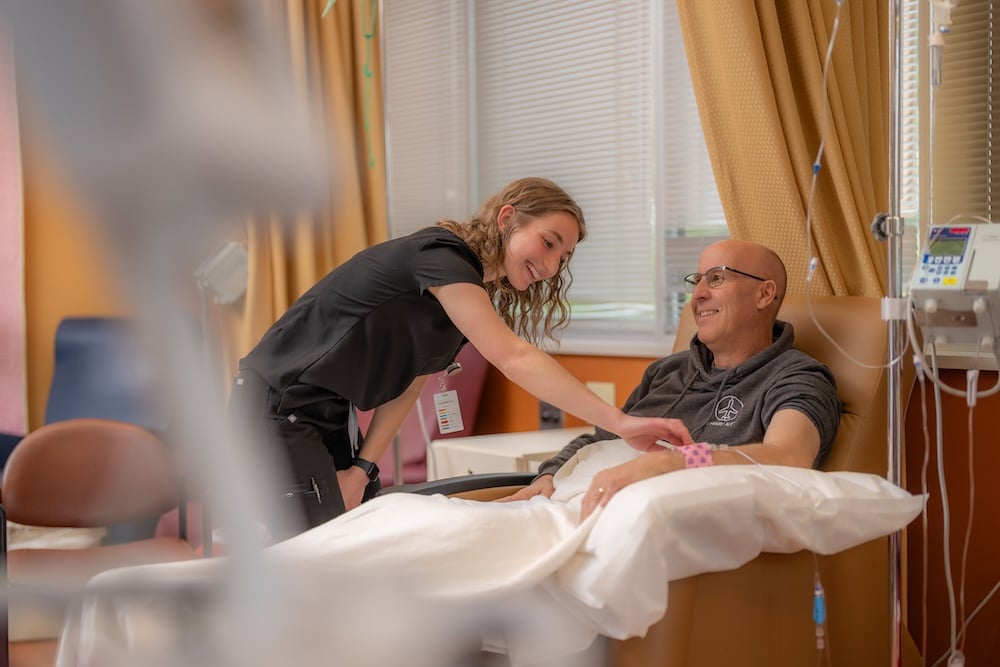
Managing Side Effects of FOLFOX Chemotherapy for Colorectal Cancer
4 minute read
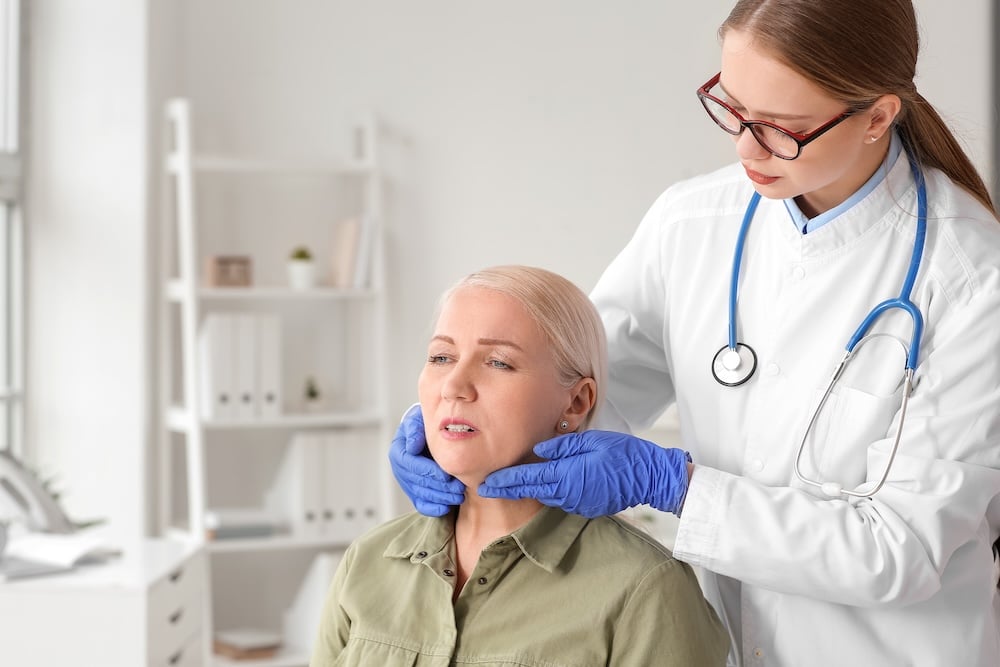
How Lymphoma Is Different From Cancer That Spreads to the Lymph Nodes
5 minute read

Bladder Cancer in Women Versus Men: What’s the Difference?
5 minute read
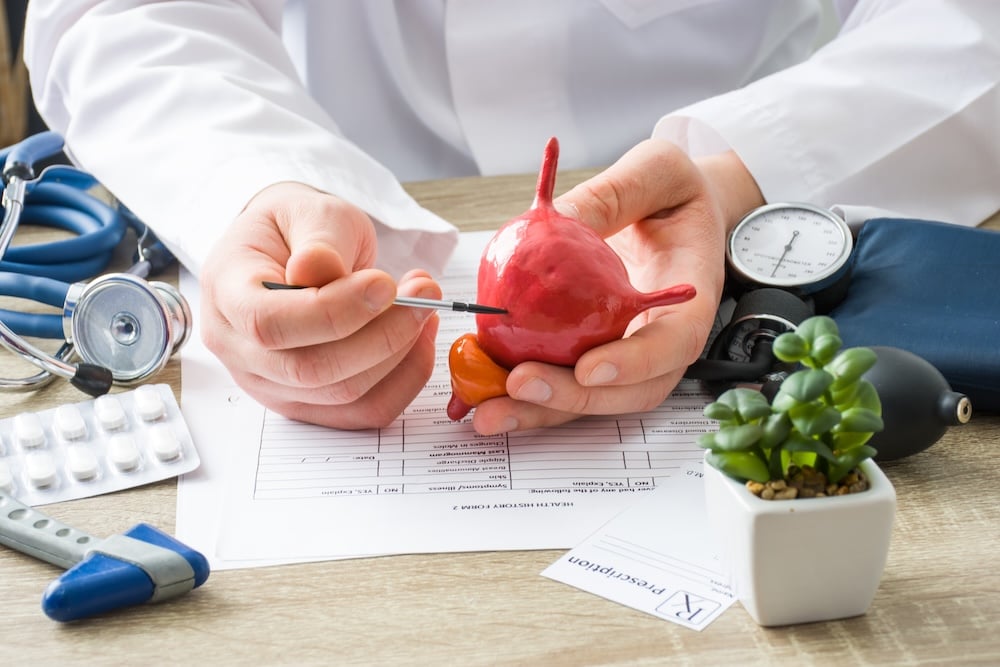
4 Things You Need to Know About Bladder Cancer
5 minute read

Pros and Cons of Hormone Therapy for Breast Cancer
5 minute read

What Are the Differences Between Colon Cancer and Rectal Cancer Treatment?
6 minute read
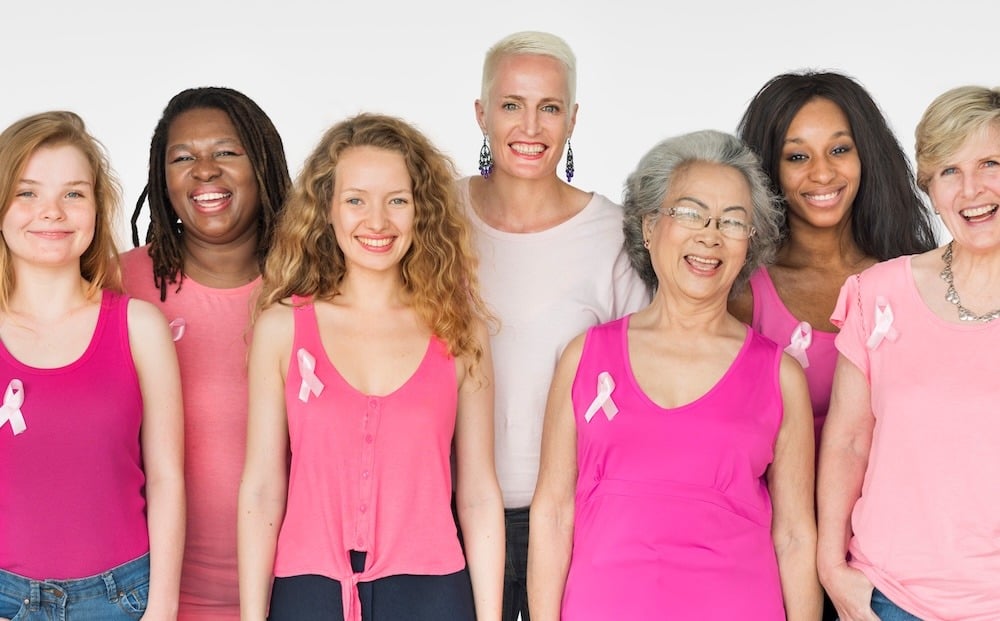
How the Type of Breast Cancer Affects the Treatment You Receive
4 minute read
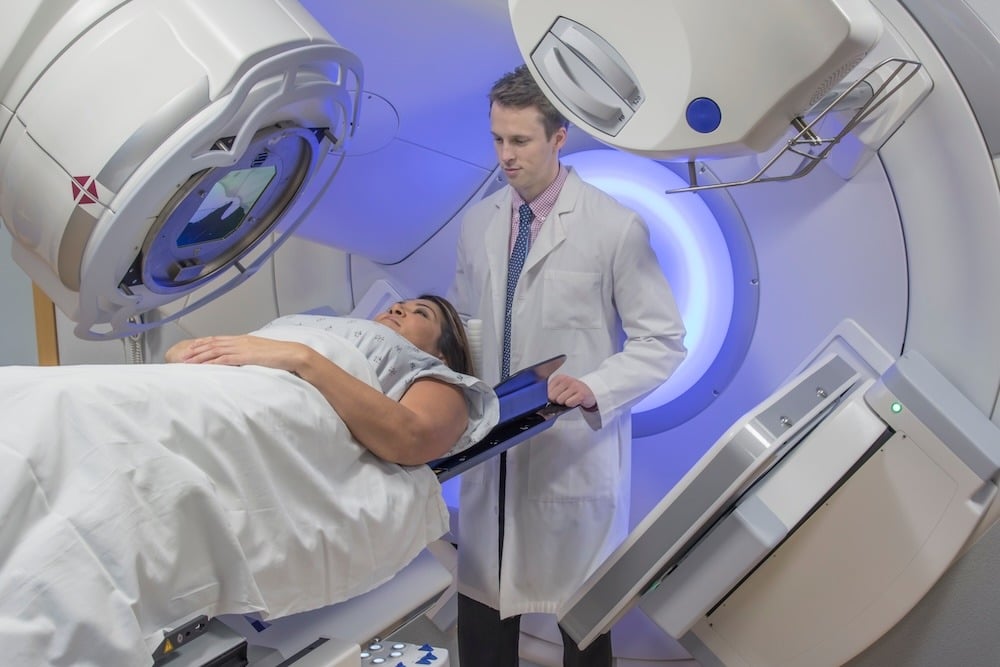
Hypofractionated Radiation for Breast Cancer
4 minute read
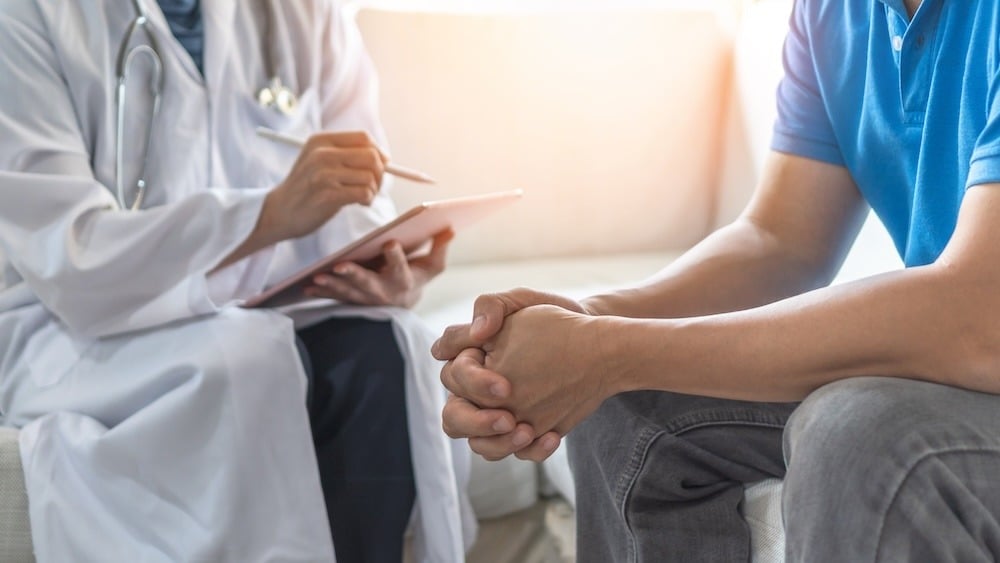
The Stages of Prostate Cancer: What Do They Mean?
5 minute read
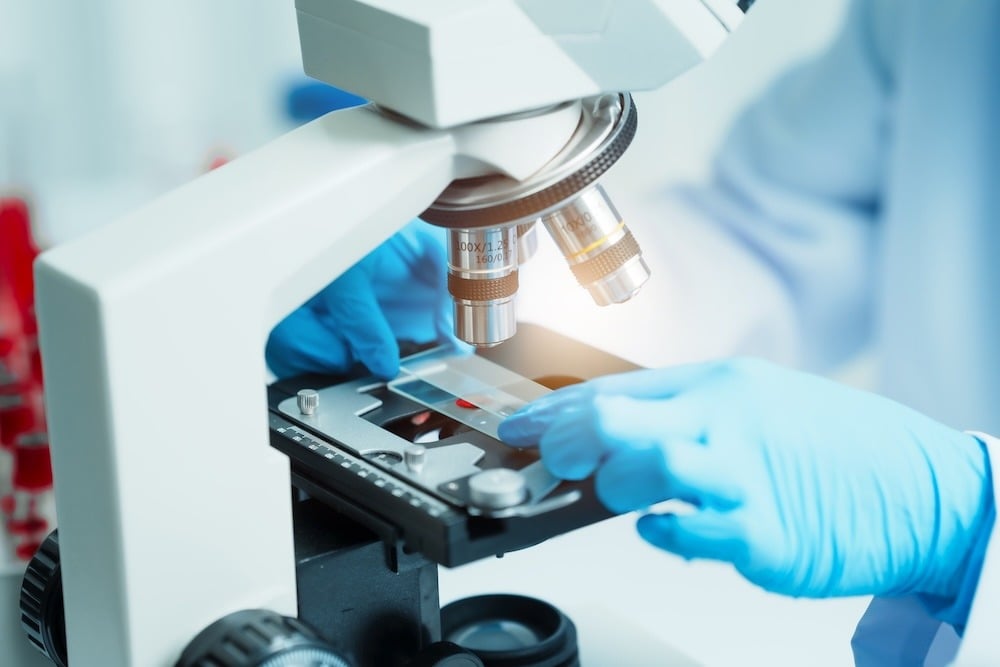
Understanding the Difference Between Acute and Chronic Leukemia
5 minute read

Detecting Cancer Early: When to Start Screenings and How to Stay Proactive
9 minute read
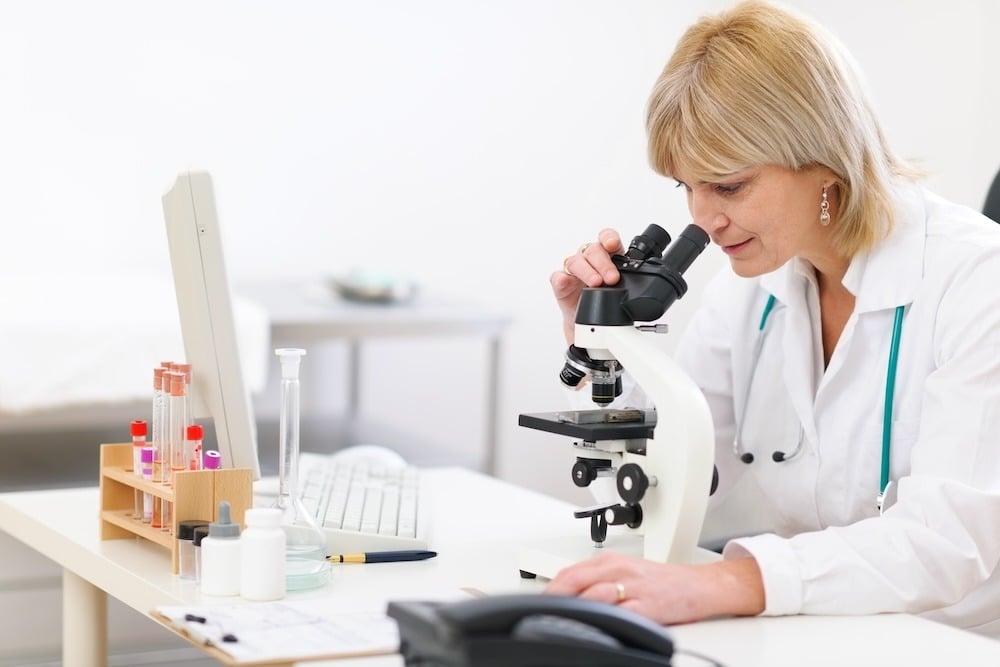
High-grade Colon Dysplasia: Is it Cancer?
4 minute read